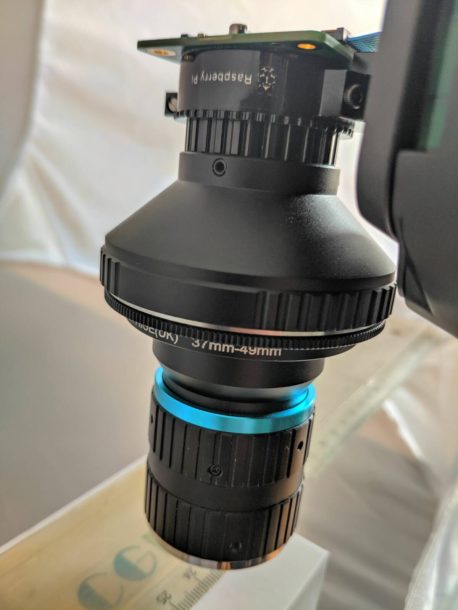A small update on an older post Install Android browsers without Google Play because the download link on Mozilla’s pages has changed.
https://download.mozilla.org/?product=fennec-latest&os=android&lang=multi (direct download)
Also F-droid is highly recommended for free and open-source software.
F-Droid is a community-maintained software repository for Android, similar to the Google Play store. The main repository, hosted by the project, contains only free/libre apps. Applications can be browsed, downloaded and installed from the F-Droid website or client app without the need to register for an account. “Anti-Features” such as advertising, user tracking, or dependence on nonfree software are flagged in app descriptions.
And of course there are releases on the development site:
https://github.com/mozilla-mobile/fenix/releases


